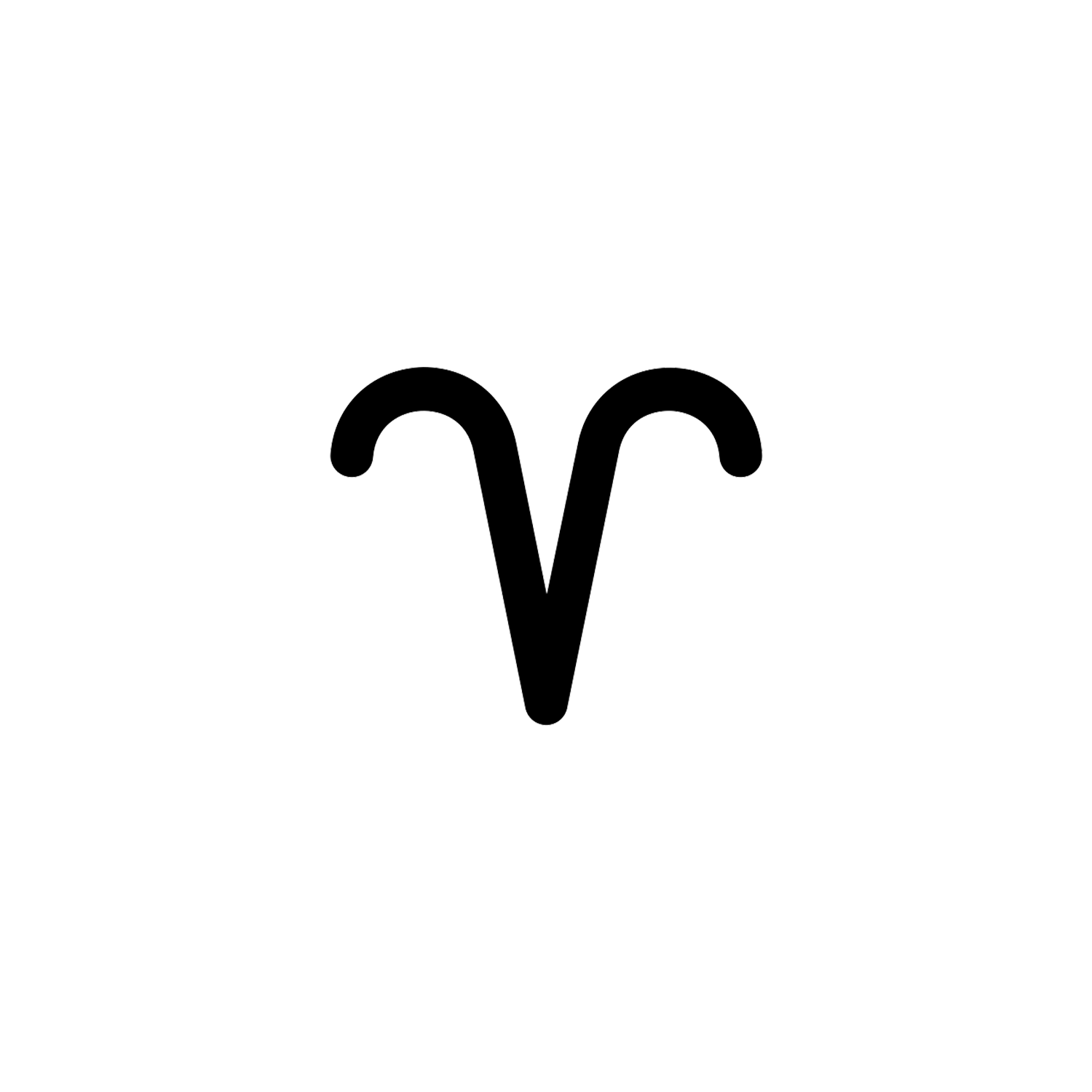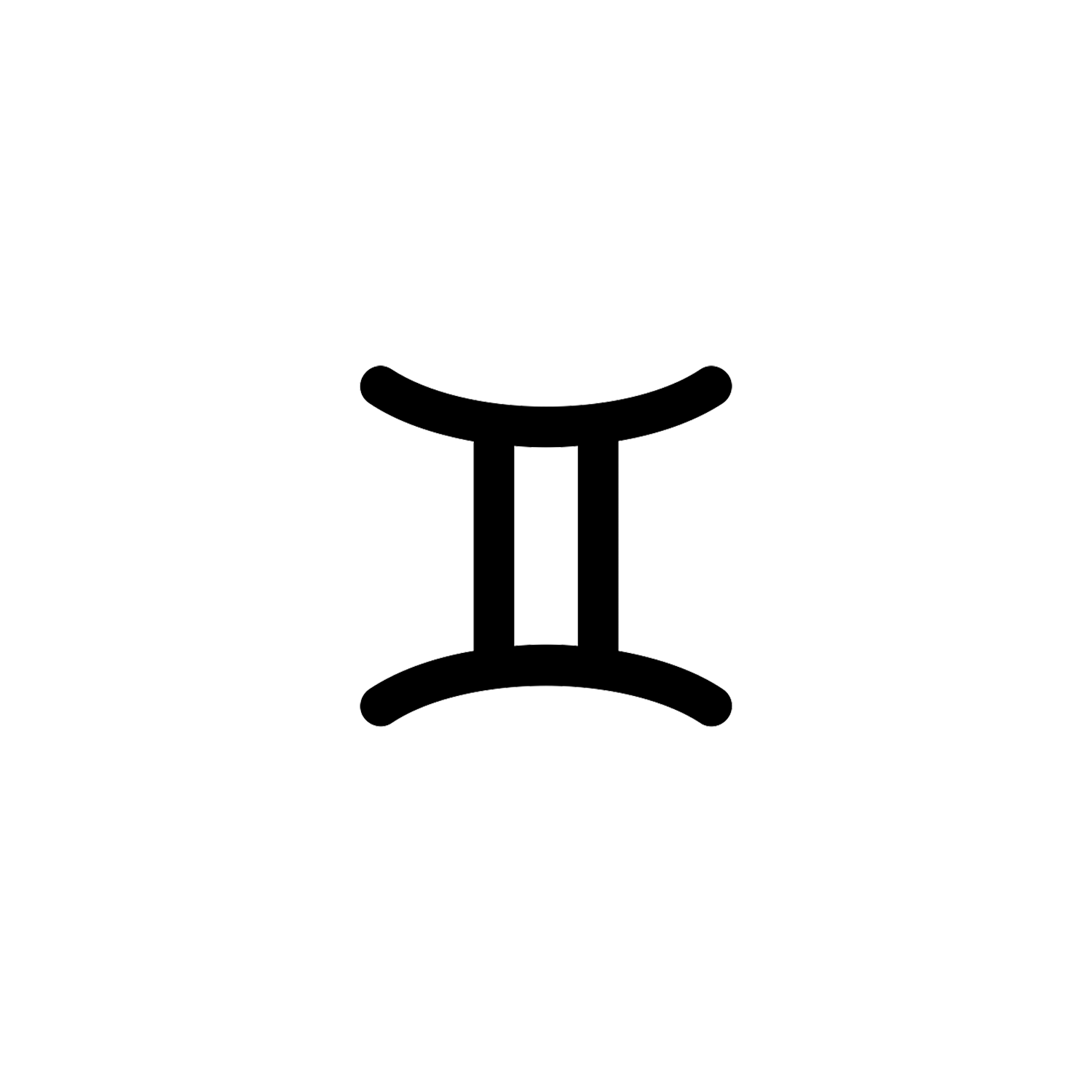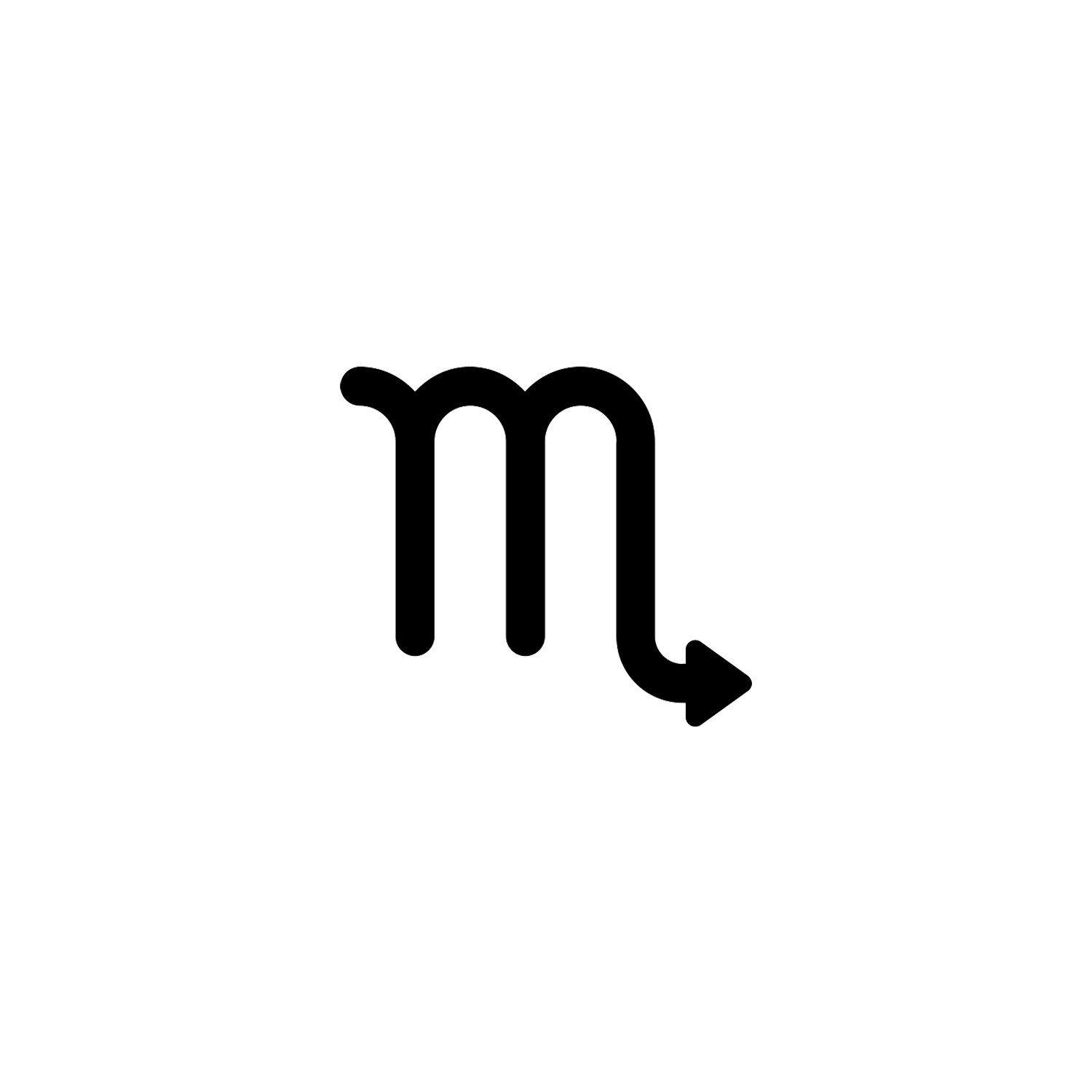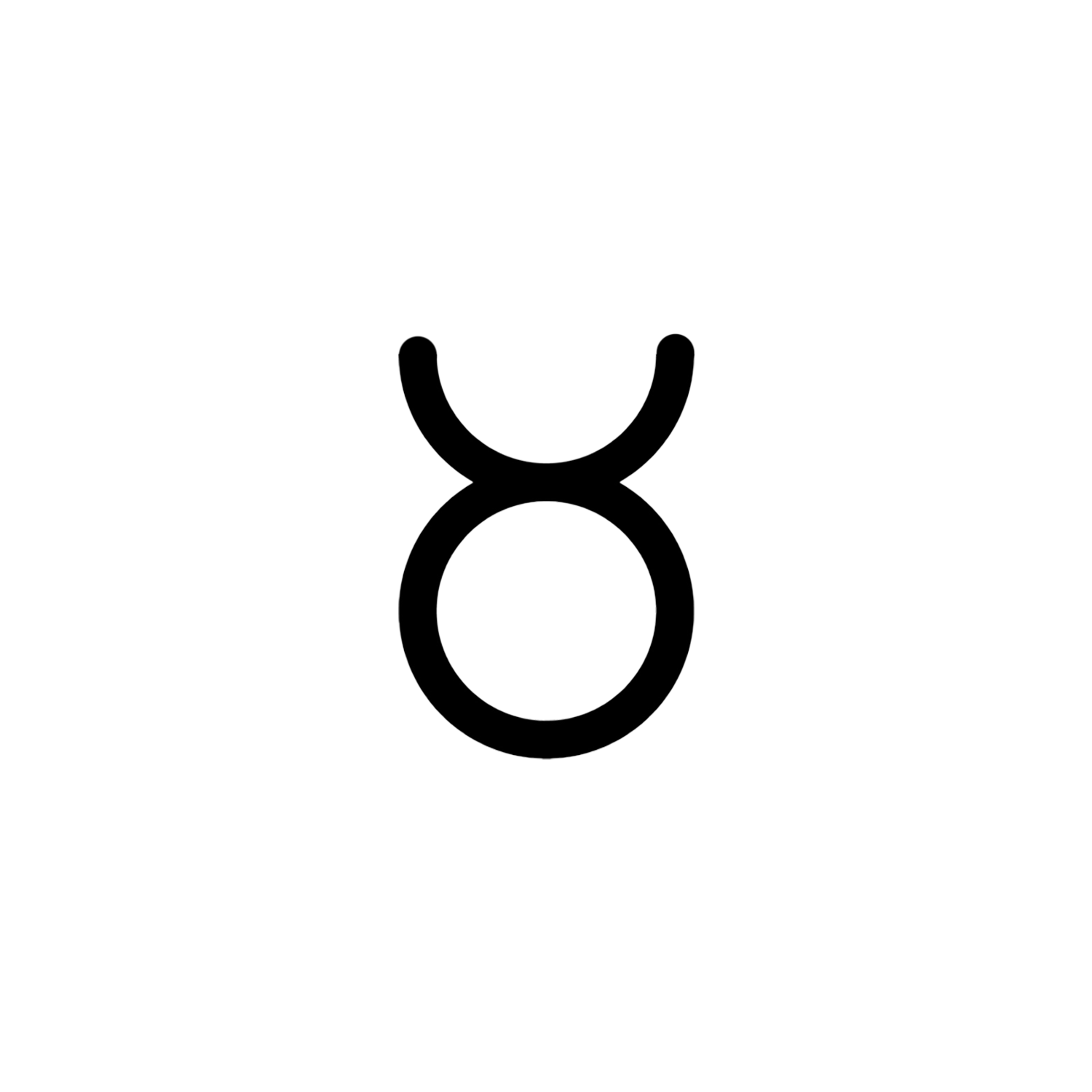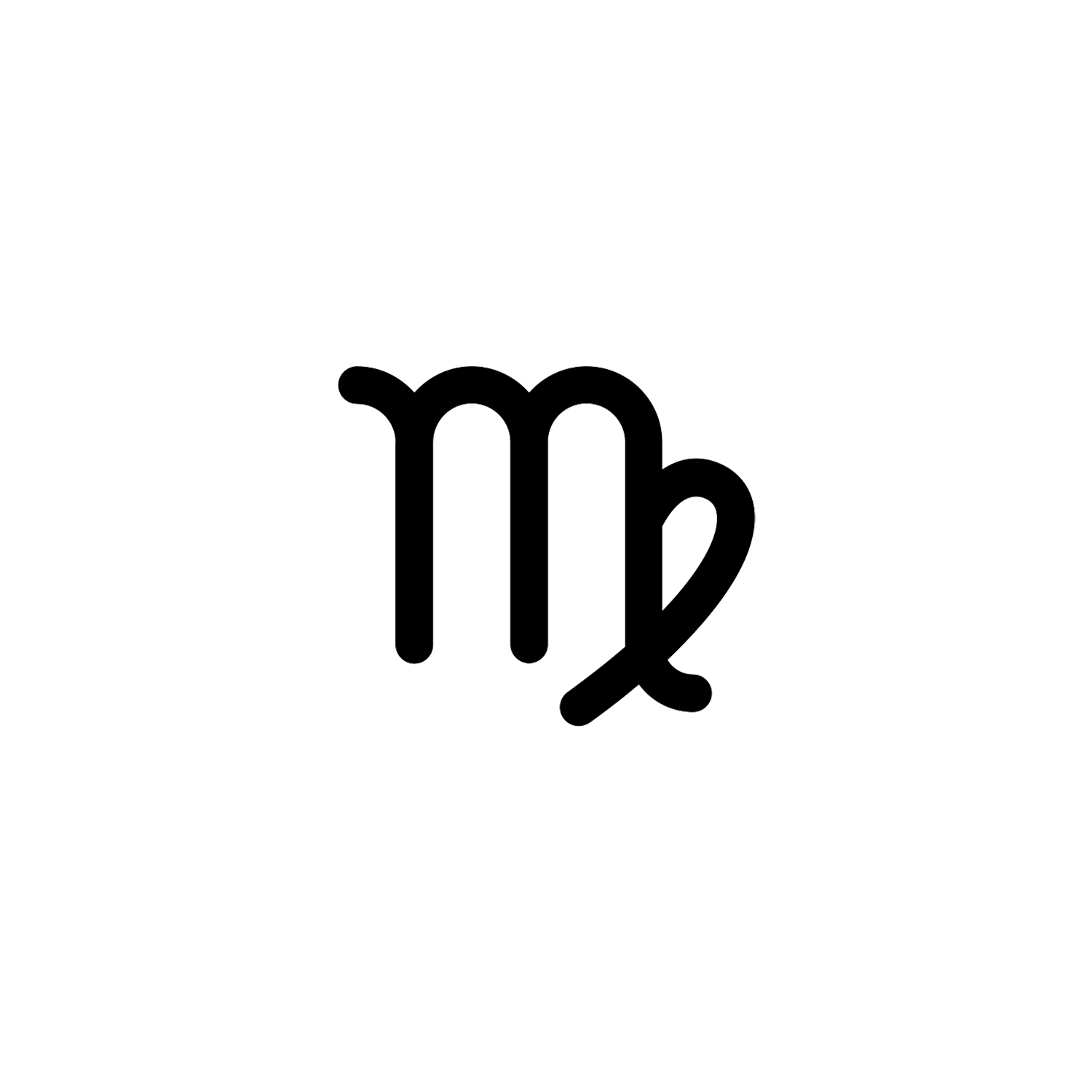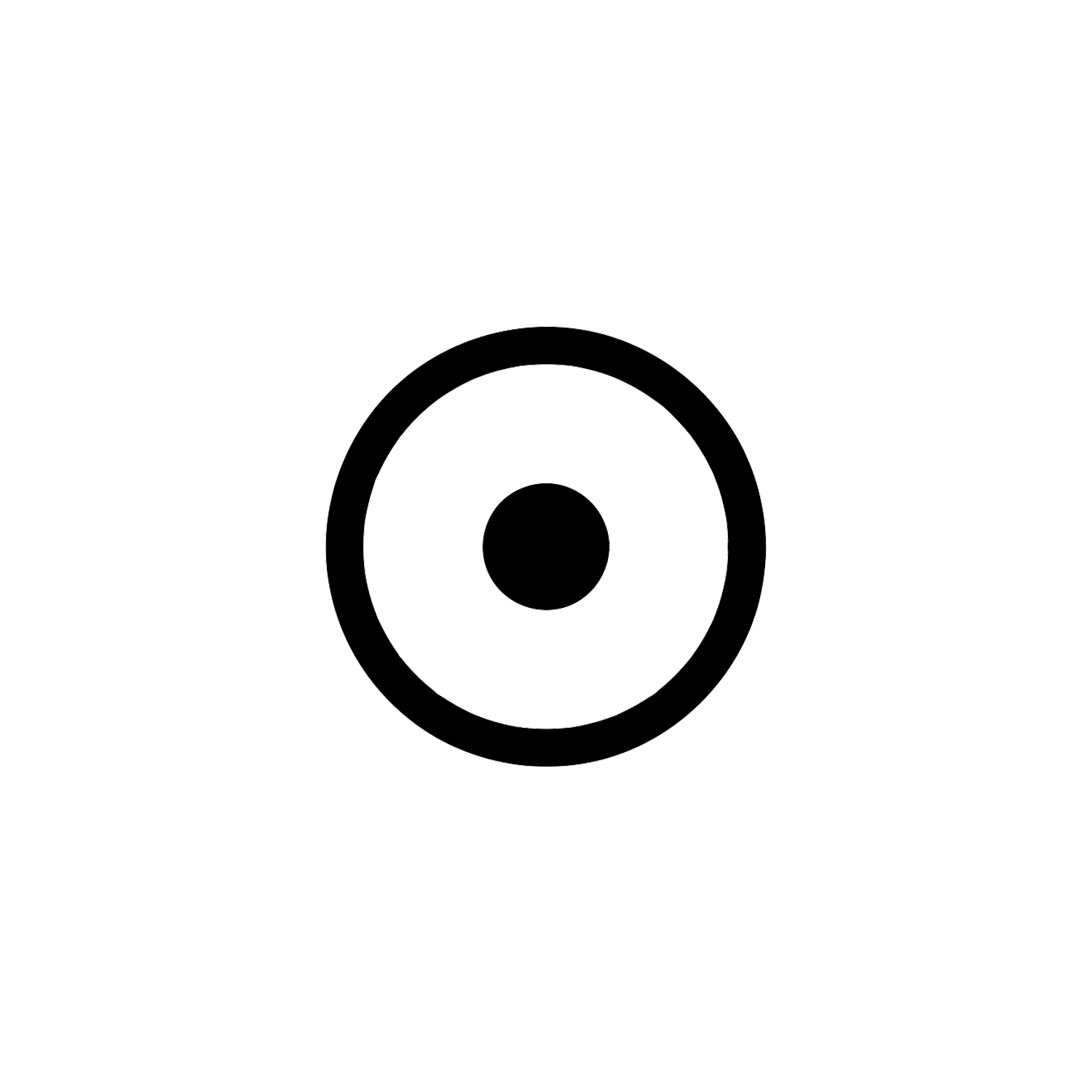Pisces
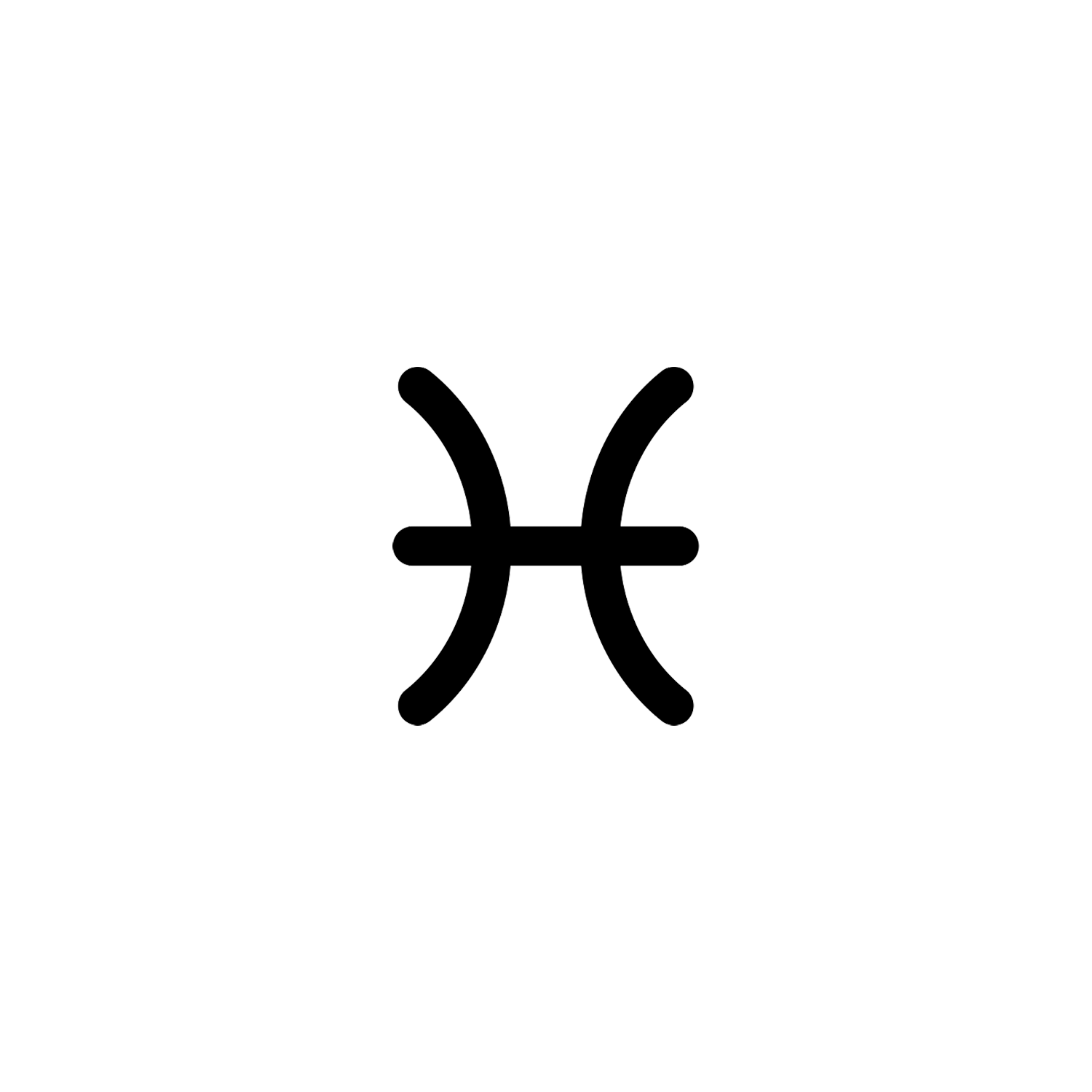

Pisces
The 12th astrological sign in the zodiac.
Overview
Pisces (/ˈpaɪsiːz/;[1][2] Ancient Greek: Ἰχθύες Ikhthyes, Latin for “fishes”) is the twelfth and final astrological sign in the zodiac. It is a negative, mutable sign. It spans 330° to 360° of celestial longitude. Under the tropical zodiac, the sun transits this area between February 19 and March 20.[3] In classical interpretations, the symbol of the fish is derived from the ichthyocentaurs, who aided Aphrodite when she was born from the sea.[4] Aphrodite’s counterpart in Roman mythology is Venus.
According to some tropical astrologers, the current astrological age is the Age of Pisces,[5] while others maintain that currently it is the Age of Aquarius.

Pisces is associated with the Greek legend that Aphrodite and her son Eros either shape-shifted into forms of fishes to escape, or were rescued by two fishes.
There is also a different origin tale that Hyginus preserved in another work. According to this, an egg rolled into the Euphrates, and some fishes nudged this to shore, after which the doves sat on the egg until Aphrodite (thereafter called the Syrian Goddess) hatched out of it. The fishes were then rewarded by being placed in the skies as a constellation (Fabulae 197).[6][7] This story is also recorded by the Third Vatican Mythographer.[8]
There are other divine associations with Pisces including with Poseidon/Neptune, Aphrodite, Eros, Typhon, Vishnu[9] and the Sumerian goddess Inanna.
Astrology
While the astrological sign Pisces per definition runs from ecliptic longitude 330° to 0°,[10] this position is now mostly covered by the constellation of Aquarius due to the precession from when the constellation and the sign coincided. Today, the First Point of Aries, or the vernal equinox, is in the Pisces constellation.[11][12]
There are no prominent stars in the constellation,[12] with the brightest stars being of only fourth magnitude.[13] One star in the constellation, Alpha Piscium, is also known as Alrescha, which comes from the Arabic: الرشآء, romanized: al-rišā’, meaning “the well rope”,[14] or “the cord”.[13]
The constellation, however, is different from the astronomical location where the sign occupies space. The constellations in earlier times were primarily used as markers to help determine what influence was in the sky. Nevertheless, the sign of Pisces remains in the 30-degree span of 330°–0°.
In Western astrology, the polarity divides the zodiac in half and refers to the alignment of a sign’s energy as either positive or negative, with various attributes associated to them as a result.[15]
Positive polarity signs, also called active, yang, expressive, or masculine signs, are the six odd-numbered signs of the zodiac: Aries, Gemini, Leo, Libra, Sagittarius, and Aquarius. Positive signs make up the fire and air triplicities.[16][17]
Negative polarity signs, also called passive, yin, receptive, or feminine signs,[18] are the six even-numbered signs of the zodiac: Taurus, Cancer, Virgo, Scorpio, Capricorn, and Pisces. Negative signs make up the earth and water triplicities.[19]

Astronomy
Pisces is a constellation of the zodiac. Its vast bulk – and main asterism viewed in most European cultures per Greco-Roman antiquity as a distant pair of fishes connected by one cord each that join at an apex – are in the Northern celestial hemisphere. Its old astronomical symbol is.
Its name is Latin for “fishes”. It is between Aquarius, of similar size, to the southwest and Aries, which is smaller, to the east. The ecliptic and the celestial equator intersect within this constellation and in Virgo. This means the sun passes directly overhead of the equator, on average, at approximately this point in the sky, at the March equinox.

The March equinox is currently located in Pisces, due south of Psc, and, due to precession, slowly drifting due west, just below the western fish towards Aquarius.
Pisces originates from some composition of the Babylonian constellations Šinunutu4 “the great swallow” in current western Pisces, and Anunitum the “Lady of the Heaven” (supposedly Inanna), at the place of the northern fish. In the first-millennium BC texts known as the Astronomical Diaries, part of the constellation was also called DU.NU.NU (Rikis-nu.mi, “the fish cord or ribbon”).[20]
Ptolemy described Alpha Piscium as the point where the cords joining the two fish are knotted together.[21] The astrological symbol shows the two fishes captured by a string, typically by the mouth or the tails.[22] The fish are usually portrayed swimming in opposite directions; this represents the duality within the Piscean nature. They are ruled by the planet Jupiter (Neptune in modern astrology).[23][24]
Although they appear as a pair, the name of the sign in all languages originally referred to only one fish with the exception of Greek,[25] Ukrainian, Polish, Romanian, Bulgarian, Russian, Dutch, Swedish, Hungarian, Latvian, Lithuanian and Italian.

It is one of the earliest zodiac signs on record, with the two fish appearing as far back as c. 2300 BC on an Egyptian coffin lid.[26]
According to one Greek myth, Pisces represents the fish, sometimes represented by a shark, into which Aphrodite (also considered Venus)[27] and her son Eros (also considered Cupid)[27] transformed in order to escape the monster Typhon.[28][29][30]
Typhon, the “father of all monsters”, had been sent by Gaia to attack the gods, which led Pan to warn the others before himself changing into a goat-fish and jumping into the Euphrates.[31] This is also the Greek mythology backstory to the constellation Capricornus.
A similar myth, one in which the fish “Pisces” carries Aphrodite and her son out of danger, is resounded in Manilius’ five-volume poetic work Astronomica: “Venus ow’d her safety to their Shape.”[32] Another myth is that an egg fell into the Euphrates River. It was then rolled to the shore by fish. Doves sat on the egg until it hatched, out from which came Aphrodite. As a sign of gratitude towards the fish, Aphrodite put the fish into the night sky.[33] Because of these myths, the Pisces constellation was also known as “Venus et Cupido”, “Venus Syria cum Cupidine”, “Venus cum Adone”, “Dione” and “Veneris Mater”,[34] the latter being the formal Latin term for mother.
The Greek myth on the origin of the sign of Pisces has been cited by English astrologer Richard James Morrison as an example of the fables that arose from the original astrological doctrine, and that the “original intent of [it] was afterwards corrupted both by poets and priests.”[35]
The Romans adapted the myths and iconography of Aphrodite for Roman art and Latin literature. In the later classical tradition of the West, Venus became one of the most widely referenced deities of Greco-Roman mythology as the embodiment of love and sexuality. She is usually depicted nude in paintings.
Venus has been described as perhaps “the most original creation of the Roman pantheon”,[36]: 146 and “an ill-defined and assimilative” native goddess, combined “with a strange and exotic Aphrodite”.[37]
Venus exalted in Pisces is representative of divine love in the first canto of Dante’s Purgatorio.[38] Pisces is the subject of Luca Della Robbia’s 15th century Plate with the Month of February.[39]

Purim, a Jewish holiday, falls at the full moon preceding the Passover, which was set by the full moon in Aries, which follows Pisces.[40]
The story of the birth of Christ is said to be a result of the spring equinox entering into the Pisces, as the Savior of the World appeared as the Fisher of Men. This parallels the entering into the Age of Pisces.[41]
Furthermore, the symbol known colloquially as “Jesus fish”—Ichtys, incorporates a fish as an early sign of Christianity, used in secrecy by believers to recognize each other around the late 2nd century.
Differences between Astrology and Astronomy
Astrological signs are now only used in astrology to tell fortunes and describe people’s characters. Zodiac constellations are the subject of astronomy. Previously, they marked the passage of time and the seasons for ancient people and helped create calendars. Even now, they are used for marine navigation and astronomical observations. For instance, they are especially useful for amateur astronomers as reference points to locate planets.
Astrology is a pseudoscience.[42] Scientific investigations of the theoretical[43] basis and experimental verification of claims[44] have shown it to have no scientific validity or explanatory power. More plausible explanations for the apparent correlation between personality traits and birth months exist, such as the influence of seasonal birth in humans.
The zodiac signs’ dates are now about a month ahead of when the Sun meets the corresponding constellations. These dates were established more than two thousand years ago, but today things changed. For example, Aries now meets the Sun around April 19 (the exact date depends on the year and your timezone) instead of the astrological date of March 21. So, most people who think of themselves as Aries were born when the Sun was in Pisces.
The reason for this time shift is the axial precession of the Earth. Our planet is like a spinning top: it’s flattened at the poles and bulges at the equator, pulled by the Moon and Sun. So, it wobbles as it spins, tracing a cone of 23.5° radius with its axis. The wobble is called the precession of the Earth’s axis, or the precession of the equinoxes. Each spin lasts one day, but each gyration around the cone takes 25,800 years. The movement slowly alters the view of the zodiac from the Earth, making the constellations appear to slide to the east about 1° per human lifetime.
Moreover, just as in ancient times, now the Sun passes through the 13th constellation Ophiuchus that we mentioned above. So, no zodiac constellation meets the Sun from around November 30 to December 17, but, in astrology, these days belong to the sign Sagittarius.
It’s the astronomical view of things. Astrologers defend themselves by saying that they use the tropical zodiac, which is fixed to seasons, not the position of constellations. So, it’s your choice to believe whether you are Aries or Pisces, Sagittarius or Ophiuchus.

There are twelve constellations that roughly correspond to the traditional zodiac signs and are recognized as members of the zodiac family: Aries, Taurus, Gemini, Cancer, Leo, Virgo, Libra, Scorpius, Sagittarius, Capricornus, Aquarius, Pisces.
They are called “zodiac” on behalf of tradition. Beyond that, there is no reason why they are grouped this way.
Astrologers say that during the dates of a zodiac sign, the Sun is “in” the corresponding constellation. Over a year, the Sun regularly visits 13 constellations in the sky: Capricornus, Aquarius, Pisces, Aries, Taurus, Gemini, Cancer, Leo, Virgo, Libra, Scorpius, Sagittarius, and Ophiuchus. The last one doesn’t have its traditional zodiac sign, but why? To find out, we would have to ask the Babylonians.
Babylonian astronomers designated the 12 zodiac signs in the 5th century B.C. They knew the 13th constellation Ophiuchus, but it didn’t fit into the ancient calendar of 12 lunar months. So, Babylonians omitted Ophiuchus for convenience. Modern Western zodiac astrology still follows the Babylonian tradition. Moreover, astronomy constellation maps don’t include Ophiuchus in the zodiac family either – it belongs to the Hercules one.
Altogether, the 13 constellations are called the constellations of the ecliptic. The ecliptic refers to the imaginary plane containing the Earth’s orbit around the Sun. We from the Earth observe it as the Sun’s path in the sky throughout the year. Over a year, the Sun appears to regularly pass in front of the ecliptic constellations one by one. The entry and exit dates almost perfectly repeat. For Ophiuchus, these dates are November 30 to December 17 (the beginning and the ending may vary by day, depending on the year and your timezone).
Therefore, if you are born at the beginning of December, don’t be surprised that the Sun is “in” Ophiuchus and not the constellation Sagittarius.

Conclusion
In astrology, Pisces is the 12th sign of the zodiac, considered as governing the period from about February 19 to about March 20.
Its representation as two fish tied together is usually related to the Greek myth of Aphrodite and Eros, who jumped into a river to escape the monster Typhon and changed into fish, or, alternatively, the two fish that carried them to safety.
The Romans adapted the myths and iconography of Aphrodite for Roman art and Latin literature. In the later classical tradition of the West, Venus became one of the most widely referenced deities of Greco-Roman mythology as the embodiment of love and sexuality. She is usually depicted nude in paintings.
[1] Pisces, Oxford University Press, archived from the original on July 18, 2012.
[2] O'Shea, Michael Vincent; Ellsworth, Decatur Foster; Locke, George Herbert (1920), The world book: organized knowledge in story and picture, vol. 8. p. 4638. W.F. Quarrie & Co, OCLC 707067037
[3] Pisces, Britannica.com Inc.
[4] Atsma, Aaron (2017), "ICHTHYES (Ichthyes) - Fish of Aphrodite in Greek Mythology", Theoi.com.
[5] Nicholas Campion, (1988) The Book of World Horoscopes Aquarian Press, Wellingborough ISBN 0-85030-527-6
[6] Rigoglioso, Marguerite (2009). The Cult of Divine Birth in Ancient Greece. Springer. p. 248. ISBN 978-0-230-62091-9.
[7] Ridpath, Ian (1988). Star Tales. p. 108. James Clarke & Co. ISBN 978-0-718-82695-6.
[8] Van Berg, Paul-Louis (1972). Corpus Cultus Deae Syriae - Ccds: Les Sources Litteraires - Repertoire Des Sources Grecques Et Latines - Sauf Le De Dea Syria - (in French). Brill Archive. pp. 37–38. ISBN 9-789-00403-503-4.
[9] Battistini, Matilde (2007), Astrology, Magic, and Alchemy in Art. p. 69. Getty Publications, ISBN 9780892369072
[10] Louis, Anthony (1998), Horary Astrology Plain & Simple: Fast & Accurate Answers to Real World Questions, For Beginners Series. p. 169. Llewellyn Worldwide, ISBN 9781567184013
[11] Ridpath, Ian (2001), Stars and Planets Guide. pp. 84-85. Princeton University Press, ISBN 9780691089133
[12] O'Shea, Michael Vincent; Ellsworth, Decatur Foster; Locke, George Herbert (1920), The world book: organized knowledge in story and picture, vol. 8. p. 4638. W.F. Quarrie & Co, OCLC 707067037
[13] Ridpath, Ian, "Pisces the fishes", Star Tales, retrieved 8 December 2012
[14] Allen, Richard Hinckley (1899), Star-names and their meanings. p. 538. G. E. Stechert, OCLC 1285139
[15] Hall, Judy (2005). The Astrology Bible: The Definitive Guide to the Zodiac. Sterling Publishing Company, Inc. p. 137. ISBN 978-1-4027-2759-7.
[16] Standen, Anthony (1975). "Is There An Astrological Effect On Personality". The Journal of Psychology. 89 (2): 259–260. doi:10.1080/00223980.1975.9915759. PMID 1151896. Archived from the original on July 25, 2020.
[17] van Rooij, Jan J. F. (1993). "Introversion-Extraversion: astrology versus psychology". Department of Psychology, University of Leiden, the Netherlands. 16 (6): 985–988. doi:10.1016/0191-8869(94)90243-7.
[18] Standen, Anthony (1975). "Is There An Astrological Effect On Personality". The Journal of Psychology. 89 (2): 259–260. doi:10.1080/00223980.1975.9915759. PMID 1151896. Archived from the original on July 25, 2020.
[19] van Rooij, Jan J. F. (1993). "Introversion-Extraversion: astrology versus psychology". Department of Psychology, University of Leiden, the Netherlands. 16 (6): 985–988. doi:10.1016/0191-8869(94)90243-7.
[20] Origins of the ancient constellations: I. The Mesopotamian traditions by J. H. Rogers 1998, page 19 page 19 (table 3, rows 2-3) and page 27
[21] Ridpath, Ian, "Pisces the fishes", Star Tales, retrieved 8 December 2012
[22] Mowat, J. Gordon; Cooper, John Alexander; MacTavish, Newton (1903), The Canadian Magazine of Politics, Science, Art and Literature, Ontario Publishing Company, Limited, OCLC 1553181
[23] Leo, Alan (1899), Astrology for all: to which is added a complete system of predictive astrology for advanced students. p. 39. L.N. Fowler & Co, OCLC 796904382
[24] Guttman, Ariel; Guttman, Gail; Johnson, Kenneth (1993), Mythic Astrology: Archetypal Powers in the Horoscope. p. 359. Llewellyn Worldwide, ISBN 9780875422480
[25] Allen, Richard Hinckley (1899), Star-names and their meanings. p. 338. G. E. Stechert, OCLC 1285139
[26] Guttman, Ariel; Guttman, Gail; Johnson, Kenneth (1993), Mythic Astrology: Archetypal Powers in the Horoscope. p. 357. Llewellyn Worldwide, ISBN 9780875422480
[27] Guttman, Ariel; Guttman, Gail; Johnson, Kenneth (1993), Mythic Astrology: Archetypal Powers in the Horoscope. p. 339. Llewellyn Worldwide, ISBN 9780875422480
[28] O'Shea, Michael Vincent; Ellsworth, Decatur Foster; Locke, George Herbert (1920), The world book: organized knowledge in story and picture, vol. 8. p. 4638. W.F. Quarrie & Co, OCLC 707067037
[29] The Metropolitan, vol. 10. p. 94. James Cochrane, 1834, OCLC 58892017
[30] Pisces, Britannica.com Inc.
[31] Ridpath, Ian, "Pisces the fishes", Star Tales.
[32] Allen, Richard Hinckley (1899), Star-names and their meanings. p. 339. G. E. Stechert, OCLC 1285139
[33] Ridpath, Ian, "Pisces the fishes", Star Tales.
[34] Allen, Richard Hinckley (1899), Star-names and their meanings. p. 339. G. E. Stechert, OCLC 1285139
[35] The Metropolitan, vol. 10. p. 94. James Cochrane, 1834, OCLC 58892017
[36] Schilling, R. (1954). La religion romaine de Venus depuis les origines jusqu'au temps d' Auguste. p. 146. Paris, FR: Editions E. de Boccard.
[37] Eden (1963)[7]: 458ff discusses possible associations between Astarte or the "Venus of Eryx" and the brassica species E. sativa, which the Romans considered an aphrodisiac.
[38] Bobrick, Benson (2006), The Fated Sky: Astrology in History. p. 114. Simon & Schuster, ISBN 9780743268950
[39] Battistini, Matilde (2007), Astrology, Magic, and Alchemy in Art. p. 63. Getty Publications, ISBN 9780892369072
[40] Bobrick, Benson (2006), The Fated Sky: Astrology in History. p. 9. Simon & Schuster, ISBN 9780743268950
[41] Bobrick, Benson (2006), The Fated Sky: Astrology in History. p. 10. Simon & Schuster, ISBN 9780743268950
[42] Sven Ove Hansson; Edward N. Zalta. "Science and Pseudo-Science". Stanford Encyclopedia of Philosophy. Retrieved 6 July 2012. There is widespread agreement for instance that creationism, astrology, homeopathy, Kirlian photography, dowsing, ufology, ancient astronaut theory, Holocaust denialism, Velikovskian catastrophism, and climate change denialism are pseudosciences.
[43] Vishveshwara (1989). S.K. Biswas; D.C.V. Mallik; C.V. Vishveshwara (eds.). Cosmic Perspectives: Essays Dedicated to the Memory of M.K.V. Bappu (1. publ. ed.). Cambridge, England: Cambridge University Press. ISBN 978-0-521-34354-1.
[44] Carlson, Shawn (1985). "A double-blind test of astrology" (PDF). Nature. 318 (6045): 419–425. Bibcode:1985Natur.318..419C. doi:10.1038/318419a0. S2CID 5135208. Archived (PDF) from the original on 2019-02-16.
Latest Symbols
Monthly Digest
A summary of symbols for the month in a quick read format straight to your inbox.






